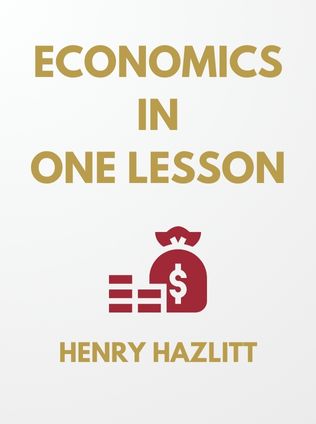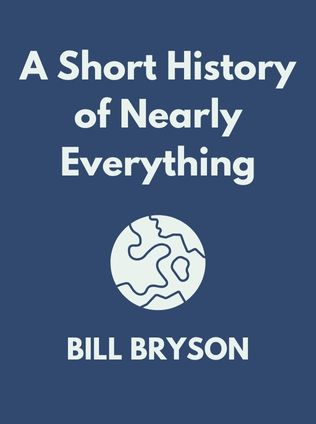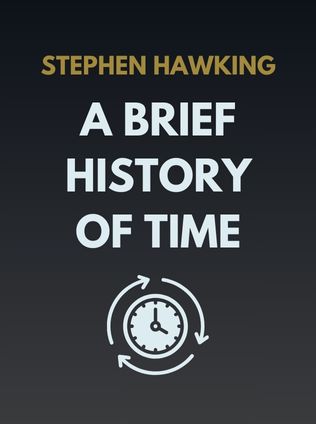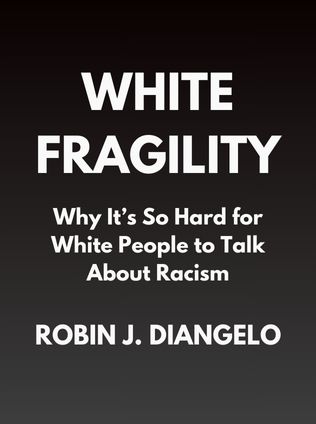
Economics in One Lesson
The Shortest & Surest Way to Understand Basic Economics
By Henry Hazlitt
Published 01/1946
About the Author
Henry Hazlitt, born on November 28, 1894, was an influential American journalist, economist, and philosopher. Throughout his prolific career, Hazlitt was a prominent advocate for classical liberalism and free-market economics. His work as a journalist for major publications like The New York Times, Newsweek, and The Wall Street Journal solidified his reputation as a powerful voice in economic thought. Hazlitt was not just a commentator; he was a thinker who could distill complex ideas into understandable concepts for the average reader.
Hazlitt's most enduring contribution to economics is his book Economics in One Lesson, first published in 1946. This seminal work distills complex economic principles into accessible language, making it a touchstone for anyone seeking to understand the fundamental laws of economics. Hazlitt's clear and concise writing style, combined with his ability to debunk popular economic fallacies, has made Economics in One Lesson a classic in the field. Hazlitt’s work remains relevant today because it addresses the eternal truths of economic thinking—truths that transcend the specific historical context of the mid-20th century.
Hazlitt was also known for his critique of Keynesian economics, which dominated economic policy discussions in the post-World War II era. He was a strong proponent of the Austrian School of economics, emphasizing the importance of individual action, free markets, and the unintended consequences of government intervention. Hazlitt passed away on July 9, 1993, but his ideas continue to resonate in contemporary economic discussions, making him one of the most important economic thinkers of the 20th century.
Main Idea
Economics in One Lesson is grounded in a simple yet profound principle: the importance of considering both the immediate and the long-term effects of any economic policy on all groups, not just a single group. Hazlitt argues that many economic fallacies stem from a failure to account for the secondary consequences of policies, which often have a far-reaching impact that counteracts the intended benefits. The "one lesson" that Hazlitt emphasizes is that we must look beyond the immediate effects of any economic decision and consider its long-term impact on everyone, not just on the most obvious beneficiaries.
Hazlitt illustrates this principle through various examples, including tariffs, minimum wage laws, and rent control. He demonstrates how these policies, while seemingly beneficial in the short term, often lead to unintended negative consequences in the long term. The overarching message of the book is that sound economic thinking requires looking beyond the immediate effects and considering the broader implications of any policy. Hazlitt's approach is rooted in the classical liberal tradition, which advocates for minimal government intervention and maximum economic freedom.
Table of Contents
- Preface
- The Lesson
- The Broken Window
- Public Works Mean Taxes
- Taxes Discourage Production
- Credit Diverts Production
- The Curse of Machinery
- Spread-the-Work Schemes
- Disbanding Troops and Bureaucrats
- The Fetish of Full Employment
- Who’s “Protected” by Tariffs?
- The Drive for Exports
- “Parity” Prices
- Saving the X Industry
- How the Price System Works
- “Stabilizing” Commodities
- Government Price-Fixing
- Minimum Wage Laws
- Do Unions Really Raise Wages?
- “Enough to Buy Back the Product”
- The Function of Profits
- The Mirage of Inflation
- The Assault on Saving
The lesson that Hazlitt emphasizes throughout his book is deceptively simple but profound: economic policies must be evaluated based on their long-term effects and their impact on all groups, not just on the intended beneficiaries. This principle serves as the foundation for all of Hazlitt’s arguments and is explored in various contexts throughout the book. The idea is to avoid the pitfalls of "short-termism," where policies are judged only by their immediate outcomes rather than their broader, more enduring consequences.
For example, in the chapter titled "The Broken Window," Hazlitt debunks the fallacy that destruction stimulates economic activity. The scenario of a broken window requiring repair might seem to create jobs and circulate money within the economy, but as Hazlitt points out, this perspective fails to account for the opportunity cost of the money spent on repairs, which could have been used for other productive investments. This analysis is rooted in the idea of opportunity cost, a fundamental concept in economics that refers to the value of the next best alternative that is foregone when a decision is made.
"The broken window does not stimulate new business, but merely redirects spending from one area to another, ultimately resulting in no net economic gain." - Henry Hazlitt
By highlighting this fallacy, Hazlitt encourages readers to think critically about the hidden costs of economic decisions. The broken window fallacy is not just about windows; it’s a metaphor for all kinds of policies that appear to create benefits but actually just shift resources from one place to another without creating new wealth.
Sign up for FREE and get access to 1,400+ books summaries.
You May Also Like
Rich Dad Poor Dad
What the Rich Teach Their Kids About Money - That the Poor and Middle Class Do Not!
By Robert T. KiyosakiFreakonomics
A Rogue Economist Explores the Hidden Side of Everything
By Steven D. Levitt and Stephen J. DubnerI Am Malala
The Story of the Girl Who Stood Up for Education and Was Shot by the Taliban
By Malala YousafzaiFactfulness
Ten Reasons We're Wrong About the World – and Why Things Are Better Than You Think
By Hans Rosling



















